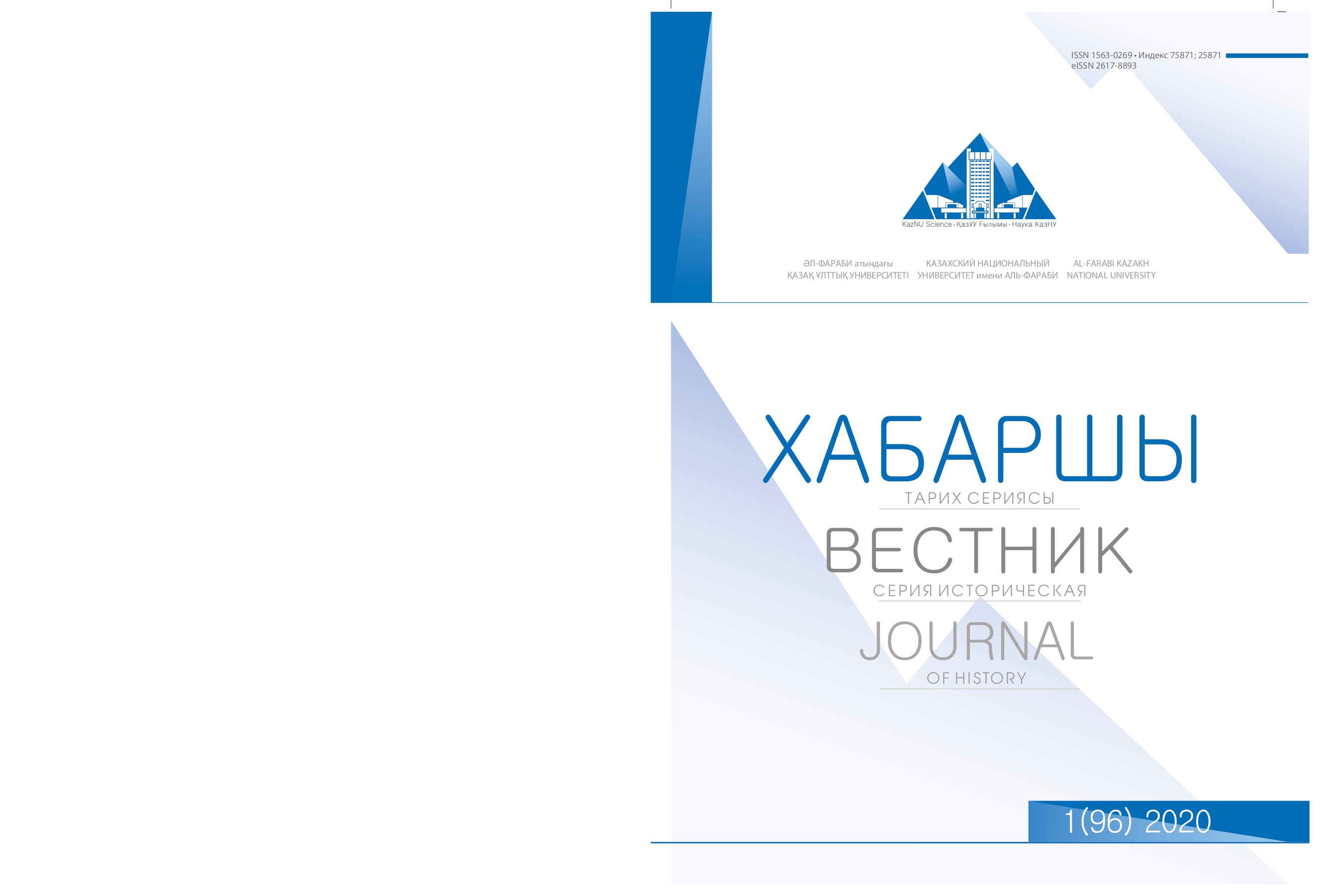Sacred Monuments of the Turkestan Oasis
DOI:
https://doi.org/10.26577/JH.2020.v96.i1.17Abstract
In this article, the author considers the issue of sacred monuments of the Turkestan oasis. Despite
the well-known not only by archaeologists, but also of the initial community, such large settlements
as Turkestan, Sauran and Sidak, the degree of study of the Turkestan oasis remains inconsistent with its
cultural and historical significance. Undoubtedly, the Turkestan region since ancient times was not only
an economic center, but also a place where the religious worldview and nomads inhabiting the territory,
starting from Altai, who worshiped the god Tengri, and the settled population of Turan, worshiped
Zarathushtra, arose and developed in close interconnection. In this regard, the poet M. Zhumabaev is
right, who said that Turkestan is the “gateway of two worlds.” Two types of religion coexisted in one
living space: the worship of the nomad god Tengri and the religion of settled farmers – Zoroastrianism.
The generalization of archaeological material, its use in historical, cultural studies makes it possible
to more fully present the history of life and culture of this sacred region.




